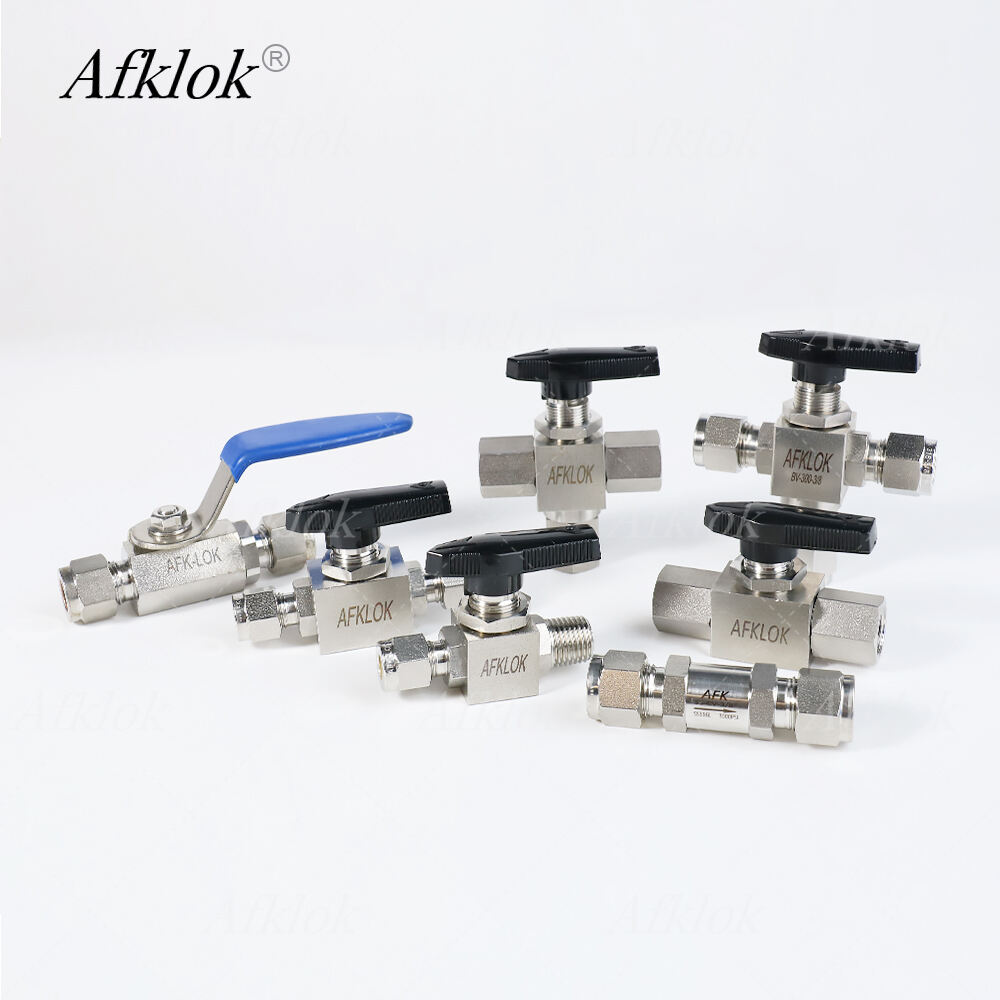How to Choose the "Flow Core"? Valve Selection Guide for Equipment Safety

Valve Selection Steps
1. Clarify the purpose of the valve in the equipment or device, and determine the valve's operating conditions, including the applicable medium, working pressure, working temperature, etc.
2. Determine the nominal diameter and connection method of the pipeline connected to the valve, such as flange, thread, welding, etc.
3. Determine the valve operation method: manual, electric, electromagnetic, pneumatic, hydraulic, electric-pneumatic linkage, electro-hydraulic linkage, etc.
4. Based on the medium transported by the pipeline, working pressure, and working temperature, determine the material of the valve's shell and internal parts, such as gray cast iron, malleable cast iron, ductile iron, carbon steel, alloy steel, stainless acid-resistant steel, copper alloy, etc.
5. Select the type of valve: shut-off valves, control valves, safety valves, etc.
6. Determine the valve pattern: gate valve, globe valve, ball valve, butterfly valve, throttle valve, safety valve, pressure reducing valve, steam trap, etc.
7. Determine the valve parameters: For automatic valves, first determine the allowable flow resistance, discharge capacity, back pressure, etc. according to different needs, and then determine the nominal diameter of the pipeline and the diameter of the valve seat hole.
8. Determine the geometric parameters of the selected valve: structural length, flange connection type and size, valve height dimension when open and closed, size and quantity of connecting bolt holes, overall valve external dimension, etc.
9. Use existing materials (such as valve product catalogs, valve product samples) to select appropriate valve products.

Basis for Valve Selection
While understanding and mastering the valve selection steps, one should further understand the basis for valve selection:
1. The purpose, operating condition requirements, and control method of the selected valve.
2. The properties of the working medium: working pressure, working temperature, corrosion performance, whether it contains solid particles, whether the medium is toxic, flammable, or explosive, and the viscosity of the medium, etc.
3. Requirements for the fluid characteristics of the valve: flow resistance, discharge capacity, flow characteristics, sealing grade, etc.
4. Requirements for installation dimensions and external dimensions: nominal diameter, connection method and connection dimensions with the pipeline, external dimension or weight limit, etc.
5. Additional requirements for the reliability, service life of the valve product, and the explosion-proof performance of the electric device.

Notes for Determining Parameters
If the valve is to be used for control purposes, the following additional parameters must be determined: operation method, maximum and minimum flow requirements, pressure drop under normal flow, pressure drop when closed, and maximum and minimum inlet pressure of the valve.
To select valves reasonably and correctly based on the above-mentioned basis and steps for valve selection, it is also necessary to have a detailed understanding of the internal structure of various types of valves, so as to make a correct choice of the preferred valve. The final control of the pipeline lies in the valve. The valve closure member controls the flow pattern of the medium in the pipeline, and the shape of the valve flow channel endows the valve with certain flow characteristics. This must be taken into account when selecting the most suitable valve for installation in the pipeline system.
 EN
EN
 AR
AR
 HR
HR
 CS
CS
 NL
NL
 FR
FR
 DE
DE
 IT
IT
 JA
JA
 KO
KO
 NO
NO
 PL
PL
 PT
PT
 RO
RO
 RU
RU
 ES
ES
 SV
SV
 TL
TL
 ID
ID
 VI
VI
 MT
MT
 TH
TH
 TR
TR
 AF
AF
 MS
MS
 AZ
AZ

